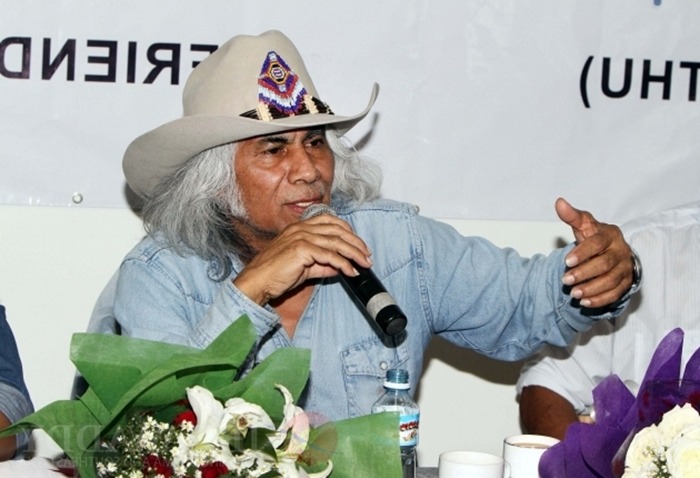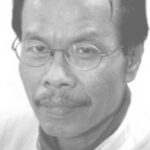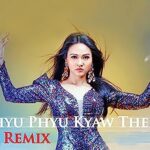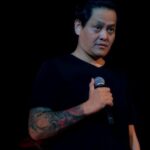
Lashio Thein Aung — Influential Singer and Cultural Icon
Lashio Thein Aung is remembered as one of the most distinguished voices in Myanmar’s classic music era. Known for his emotive vocal style, deep lyrical interpretation, and characteristic delivery, he shaped a generation of listeners and influenced many vocalists who followed. His songs became cultural memory texts — frequently replayed on radio, at tea shops, on cassette tapes, and during family gatherings. Even decades after their release, recordings of Lashio Thein Aung continue to circulate in digital form, demonstrating the durability of his appeal across eras and demographics. For members of the Myanmar diaspora, his voice often evokes home, tradition, and a lost cultural era.
Early Life and Background (Timeline Style)
1930s–1940s: Born and raised in the northern Shan region near Lashio, which later became part of his stage identity.
1950s: Began performing publicly and adopting “Lashio” as a prefix to distinguish him from other singers named Thein Aung.
Late 1950s–1960s: Achieved national fame during the golden era of Myanmar classic music as radio, vinyl, and stage concerts expanded audience reach.
His upbringing in a culturally diverse northern town may have contributed to the emotional richness of his singing, as Shan State has historically blended different linguistic and musical influences. While documentation on his formal musical training is limited, evidence suggests that he was largely a voice-based artist rather than an instrumental performer.
Career Breakthrough and Signature Style
Lashio Thein Aung achieved national recognition not just through recording but because his delivery style — clean, controlled, sentimental — matched the lyrical quality of his era. His pronunciation, phrasing, and breath-control became models for classical Burmese vocal pedagogy. His songs often explore themes such as unfulfilled love, displacement, longing, and moral reflection.
Unlike some later pop singers who rely heavily on studio enhancement, his voice carried theatrical clarity even in live environments. He is frequently grouped among the classic vocalists who became “reference points” — meaning their songs were re-sung by others to learn technique.
Influence and Legacy
His influence persists in three durable ways:
1) Pedagogical transmission
New singers and amateur vocalists often rehearse his songs to master classical vocal phrasing.
2) Cultural continuity
Recordings remain in circulation, keeping his name active among new generations who discover him through digital archives rather than live broadcast.
3) Diaspora nostalgia
For Burmese communities living abroad, his voice symbolizes a stable cultural memory linking home and identity.
Awards and Recognition
While Myanmar’s systematic music award systems were not as formalized during his peak era as they are today, Lashio Thein Aung received:
Nationwide acclaim through state radio rotation
Repeated stage demand across major cities
Critical recognition from music scholars and senior vocal instructors
Enduring posthumous acknowledgment through archival re-broadcasts
The most convincing evidence of recognition is his inclusion in canonical classic playlists — meaning historians and curators consider him central to the national sonic archive.
Recording Formats and Cultural Reach
His music survived through multiple technological transitions:
Vinyl and reel-to-reel (mid-20th century)
Cassette reissues (1970s–1990s)
VCD and MP3 transfers (2000–2010s)
YouTube uploads and Facebook shares (2010s–present)
The fact that his music remains searchable, shareable, and circulated in the age of streaming validates his long-term cultural endurance.
Later Years and Continuing Relevance
As live performance declined, Lashio Thein Aung’s public appearances diminished, but the archive sustained his reputation. In Myanmar culture, a singer’s “afterlife” is often measured not by performances in old age but by whether people still sing their songs, and in that metric Lashio Thein Aung scores very high.
FAQ — Lashio Thein Aung
Who is Lashio Thein Aung?
A classic-era Myanmar vocalist known for his emotional delivery and lasting influence on Burmese music heritage.
Why is Lashio Thein Aung important?
He shaped classical vocal interpretation and remains a central figure in Myanmar’s recorded music history.
Which singers were active in his era?
He performed alongside other classic vocalists such as Bo Ba Ko, Mahlwaing Swe, and Ngu Wah.
Are his songs still available today?
Yes. They circulate widely on digital platforms such as YouTube, MP3 archives, and social media.
What is his legacy in modern Myanmar music?
New singers study his phrasing as a technical model, and older listeners treat his voice as cultural remembrance.






